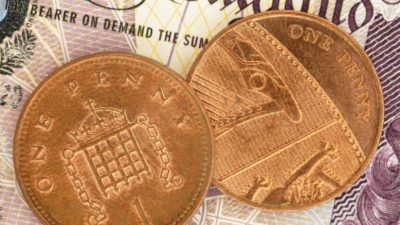Gulf Keystone Petroleum (LSE: GKP) (NASDAQOTH: GSKSY.US) shares rose by 8% when markets opened this morning, after the firm confirmed that its production will hit its 2014 target of 40,000 barrels of oil per day (bopd) later this month.
The Shaikan-7, 8 and 10 wells have now been connected to the firm’s existing production facilities, and following the completion of testing, will start flowing oil later this month.
This is good news, as rising production should help Gulf’s cash flow, but perhaps more importantly, today’s announcement shows the group is now able to deliver on its promises.
Targeting $4.8m cash savings
Gulf also said that it is trialling the use of a gas treatment plant to ‘sweeten’ the unused gas from its Shaikan field, so that the group’s production facilities can be powered by its own gas, instead of diesel.
Once this solution is deployed to both of Gulf Keystone’s production facilities, it should result in cash savings of $400,000 per month, or $4.8m per year, a worthwhile cost saving.
Next stop 66,000 bopd?
Gulf Keystone said this morning that a rig is currently being moved into place to drill Shaikan-11, a new producer well. The flowline (pipe) required to connect this well to the PF-2 production facility is already in place, so Shaikan-11 should nudge the firm’s production a little higher, when it’s completed next year.
However, the big question is whether Gulf will commit to the next stage of the Shaikan development, which targets 66,000 bopd and requires a third production facility (PF-3) to be built.
Gulf Keystone has been open about the need for a regular payment cycle to be established for oil exports before it will commit to building PF-3, and I’m not sure we’ve reached that point yet.
Significant progress
Progress has been made on clearing the backlog of payments owed to Gulf by the Kurdistan Regional Government: earlier this month, Gulf received a $15m payment from the KRG.
The oil export deal between the Iraqi government and the Kurdish authorities is also a big step forward.
However, it’s not yet clear how the lower oil price will impact on Gulf Keystone’s plans. I suspect the firm may wait to see how the oil market stabilises before making a final decision about PF-3.
In the meantime, I believe Gulf Keystone remains a buy at current prices.
However, if — like me — you already own shares in Gulf Keystone, then are probably sitting on a loss after this year’s fall in the firm’s share price.






